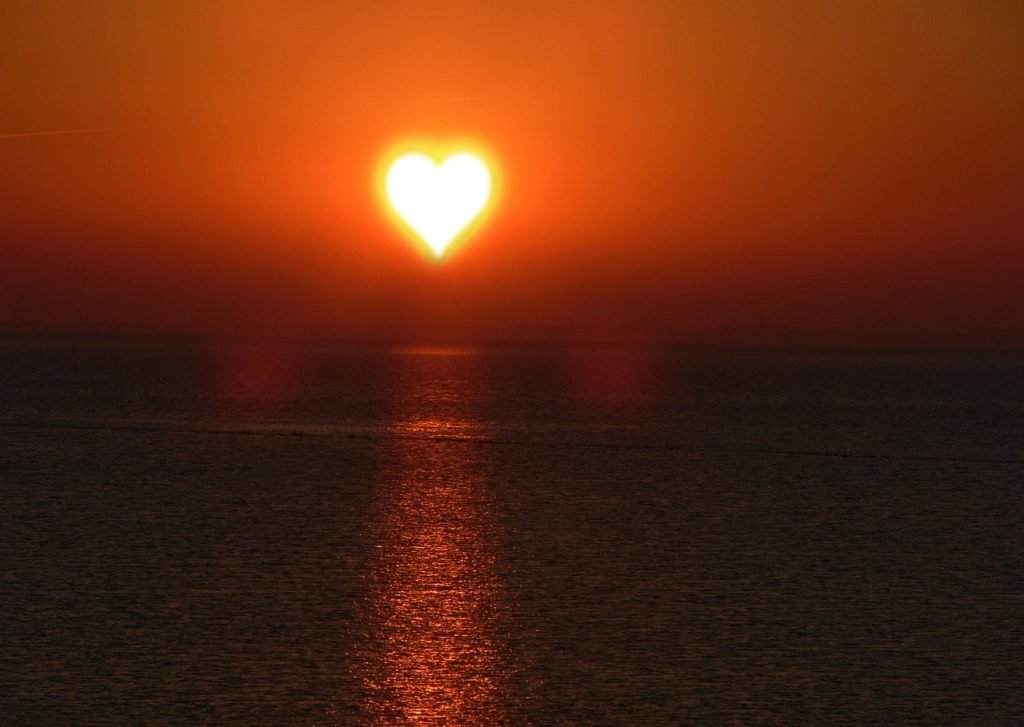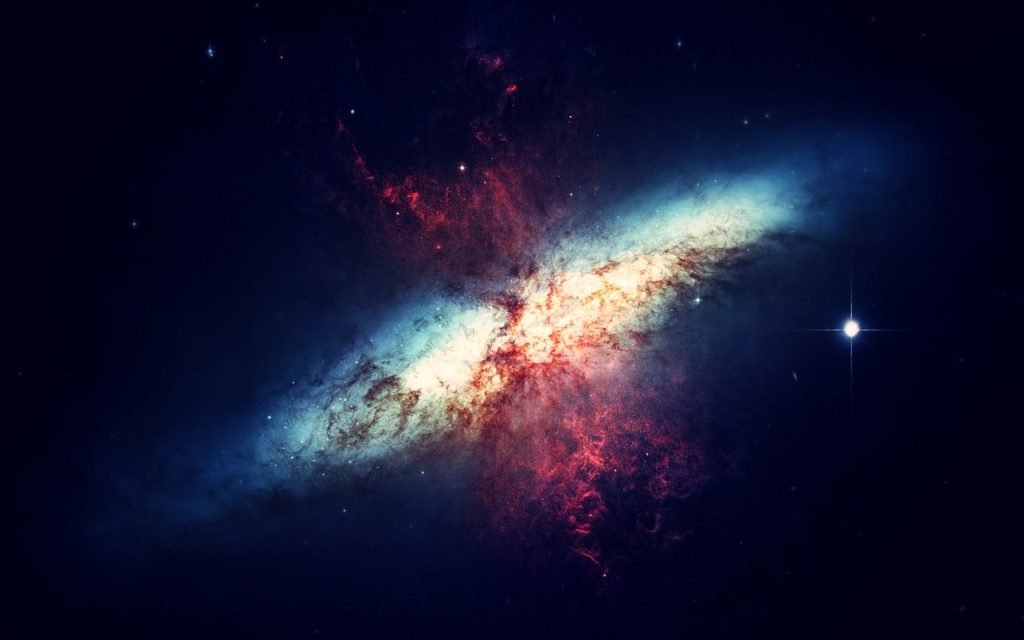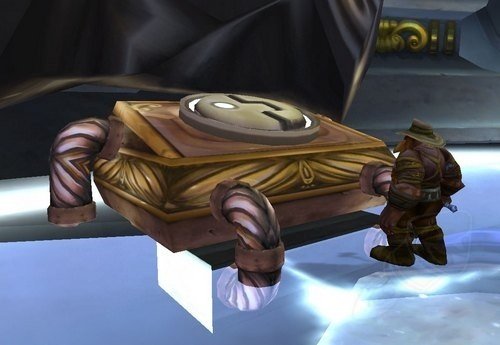Where Does Black Hole Lead? As we explore the depths of space, we come across black holes. These objects are so strange that we don’t really know what to make of them. But, as we learn more about them, we can begin to understand their mysterious properties.
The Dark Heart of the Universe: What Is a Black Hole?

Most people are familiar with the idea of a black hole. It is a region of space where the gravitational pull is so strong that not even light can escape. Black holes are often depicted as these dark, voracious objects that suck everything in. But what are they really? And where do they come from?
A black hole is actually a very specific type of object. It is a region of spacetime where the gravitational field is so strong that nothing, not even light, can escape its pull. Black holes are often formed when a massive star collapses in on itself. The star’s gravity is so strong that it pulls all of the matter in on itself, creating a very dense object.
The reason black holes are so fascinating is because they are essentially the depths of space. They are the places where matter and energy go to die. Once something enters a black hole, it is gone forever. We can never see what happens inside a black hole, which is why they are often referred to as the “dark hearts of the universe.”
Black holes are some of the most extreme and fascinating objects in the cosmos. They are places of mystery and death, and yet they also hold the key to understanding some of the most fundamental laws of physics.
Journey to the Event Horizon: How Do Black Holes Form?

A black hole is a region of spacetime where gravity is so strong that nothing—not even light—can escape from it. The strong gravity is caused by a massive object, such as a star, collapsing into a tiny space. This process is called gravitational collapse.
A black hole is surrounded by an event horizon, which is the point of no return for anything that falls into the black hole. Once an object crosses the event horizon, it can never escape.
The gravitational pull of a black hole is so strong because all of the mass of the object has been compressed into a tiny space. This makes the gravity much stronger than it would be if the mass were spread out over a larger area.
Black holes are some of the most fascinating objects in the universe. They are also some of the most mysterious. Scientists are still trying to understand how they form and what happens to objects that fall into them.
One theory about how black holes form is that they are the remnants of supermassive stars. These are stars that are much more massive than our Sun. They burn through their fuel very quickly and then collapse in on themselves.
Another theory is that black holes are formed when two neutron stars collide. Neutron stars are extremely dense objects that are left behind when stars die. When two neutron stars collide, they create a massive explosion and a lot of gravitational energy. This energy can cause the two stars to collapse into each other, forming a black hole.
Scientists have also found evidence that black holes can form from the collapse of giant clouds of gas and dust. These clouds can collapse under their own gravity to form extremely dense objects. If the collapse is not stopped, it can eventually lead to the formation of a black hole.
Black holes are fascinating objects that are still largely mysterious. Scientists are continuing to study them in hopes of understanding more about how they form and what happens to objects that fall into them. A Brief History of Black Holes: And why nearly everything you know about them is wrong Kindle Edition.
The Pull of the Void: Understanding Black Hole Gravity
When it comes to black holes, one of the most fascinating aspects is their immense gravitational pull. It is this force that allows them to suck in anything that comes too close, including light. But how exactly does black hole gravity work?
In order to understand black hole gravity, we need to first understand a little bit about gravity in general. Gravity is a force that exists between all objects in the universe. It is what keeps us glued to the ground and what makes it possible for planets to orbit around stars.
The strength of the gravitational force between two objects depends on two things: the mass of the objects and the distance between them. The bigger the mass, the stronger the force. And the closer the objects are, the stronger the force.
So, what happens when you combine these two factors? You get a black hole. Black holes are incredibly massive objects with an incredibly strong gravitational force. And because of this, anything that comes too close to a black hole will be pulled in and sucked into its depths.
But what happens to things once they are inside a black hole? One of the most fascinating aspects of black holes is that they lead to a place called the singularity.
The singularity is a point in space-time where the laws of physics as we know them break down. This is because the gravitational force is so strong that it warps space-time itself.
At the singularity, space and time cease to exist as we know them. This is why black holes are often described as “holes in space-time.”
So, what does this all mean for us? Well, it means that black holes are fascinating objects that can teach us a lot about the universe. It also means that if you’re ever unfortunate enough to find yourself too close to a black hole, you’ll be pulled in and sucked into its depths.
From Singularity to Spaghettification: The Strange Effects of Black Holes
As we all know, black holes are some of the most fascinating and mysterious objects in the universe. And while we may not yet fully understand them, we do know that their effects can be truly bizarre. One of the most strange and dangerous effects of black holes is something called spaghettification.
So what exactly is spaghettification? In short, it’s the process by which something (or someone) falling into a black hole is stretched out and flattened like a piece of spaghetti. Of course, this is a bit of a simplification, but it gives you a general idea of what happens.
Now, how does this happen? Well, it all has to do with the immense gravitational forces at play near a black hole. You see, the closer you get to a black hole, the stronger its gravitational pull becomes. And as you get closer and closer, the force gets stronger and stronger until it becomes so strong that it overcomes the forces holding you together.
At this point, you would be pulled apart into long, thin strands (kind of like spaghetti, hence the name). This process is called spaghettification, and it’s just one of the many strange and dangerous effects of black holes.
So there you have it: a brief introduction to spaghettification, one of the strangest and most dangerous effects of black holes. As always, thanks for reading!
What Lies Beyond the Event Horizon? The Mysteries of Black Hole Interiors
In space, there are some things that are so strange and mysterious that they defy explanation. One of these is the black hole. A black hole is an object with such a strong gravitational force that nothing, not even light, can escape from it.
The force of a black hole is so strong because all of its mass is concentrated in a very small space. This means that the black hole’s gravity is much stronger than the gravity of any other object of the same size.
A black hole is formed when a star collapses in on itself. The star’s gravity becomes so strong that it pulls all of the star’s mass into a small space. This space is so small that it has a very strong gravitational force.
When a star collapses, it forms a black hole. The black hole’s gravity is so strong that not even light can escape from it.
The event horizon is the point of no return for anything that enters a black hole. Once an object crosses the event horizon, it is pulled into the black hole and can never escape.
The event horizon is the point of no return for anything that enters a black hole. Once an object crosses the event horizon, it is pulled into the black hole and can never escape.
The mysteries of what lies beyond the event horizon are yet to be revealed. Scientists are still trying to understand the nature of black holes and what happens to the objects that are pulled into them.
Seeking Answers with Science: Observing and Studying Black Holes
In space, there’s a lot we still don’t understand. One of the most mysterious and fascinating objects in our universe is the black hole. These objects are so strange and fascinating that scientists are still working to understand everything about them.
A black hole is a region of space where the gravitational field is so strong that nothing, not even light, can escape it. Black holes are formed when massive stars collapse at the end of their life cycle.
Because black holes are so dense and their gravitational pull is so strong, they can distort time and space around them. This means that when objects get too close to a black hole, they can be pulled in and disappear.
Scientists have been observing and studying black holes for many years, but there are still many unanswered questions about these strange objects. For example, we still don’t know what happens to objects that are pulled into a black hole.
One theory is that objects are stretched and compressed until they are destroyed. Another theory is that they are pulled into another dimension. But we don’t know for sure because we can’t see inside a black hole.
Scientists are using new technology to study black holes and try to answer some of these questions. For example, the Event Horizon Telescope is a global network of telescopes that takes pictures of black holes.
By studying black holes, we can learn more about the universe and how it works. We can also use black holes to test the laws of physics. And who knows, maybe one day we’ll finally be able to answer the question: where does a black hole lead?
Could Black Holes Lead to Other Universes? Theories and Speculation
In the vast and mysterious depths of space, there are objects so strange and powerful that they defy imagination. These are black holes, and according to some theories, they could be gateways to other universes.
Black holes are regions of space where the gravitational pull is so strong that not even light can escape. They are formed when massive stars collapse in on themselves, and they can be incredibly destructive. For example, when a black hole and a star are close together, the black hole can pull the star apart, tearing it to shreds.
But black holes also have a strange and fascinating effect on the space around them. According to Einstein’s theory of general relativity, black holes can actually distort the fabric of space and time. And some theories suggest that this distortion could create a bridge to another universe.
The idea of black holes as gateways to other universes was first proposed by physicist John Archibald Wheeler in the 1950s. He called it the “wormhole” theory. According to this theory, a black hole’s gravitational pull could distort space-time so much that it creates a tunnel connecting two different points in the universe.
This tunnel could theoretically be used as a shortcut for travel, but it would be incredibly dangerous. If you entered a black hole, you would be pulled apart by the intense gravitational force.
There’s no way to know for sure if black holes could really lead to other universes. But the idea is certainly fascinating, and it’s one of the many mysteries that scientists are still exploring about these strange and powerful objects. Abell’s Exploration of the Universe (Abell’s Exploration of the Universe, 7th Ed) Subsequent Edition
The End of All Things: What Happens When a Black Hole Dies?
When a black hole dies, it doesn’t go out with a bang.
Instead, it fades away into nothingness, taking with it all the matter and energy that it has swallowed over the eons.
This final stage of a black hole’s life, known as “evaporation,” was first described by the late Stephen Hawking in 1974.
Since then, scientists have been trying to observe this phenomenon directly.
But evaporation is an incredibly slow process, and so far, all efforts to detect it have come up empty.
Now, a new study has provided the first indirect evidence that evaporation may indeed be happening at the center of our own galaxy.
The evidence comes from observations of a supermassive black hole known as Sagittarius A*, which is located 26,000 light-years from Earth in the constellation Sagittarius.
This black hole has a mass of 4 million times that of our Sun and is currently in the final stages of its evaporation.
The new study, which was led by Andrea Ghez of the University of California, Los Angeles, used the Keck Observatory in Hawaii to observe the motions of stars around Sagittarius A*.
These observations showed that the black hole is surrounded by a “halo” of hot gas that is being heated up by the black hole’s evaporation.
This is the first time that such a halo has been observed around a black hole, and it provides strong evidence that evaporation is indeed taking place.
The new study also found that the halo of hot gas is much larger than expected.
This could be due to the fact that Sagittarius A* is surrounded by a large cloud of cold gas and dust, which is slowly being drawn into the black hole.
As this happens, the black hole’s evaporation rate will increase, and the halo of hot gas will grow larger.
The new study provides the first indirect evidence that black hole evaporation is taking place at the center of our galaxy.
This phenomenon refers to the process of black hole evaporation that is believed to be occurring at the center of our galaxy. The new study provides the first indirect evidence of this process.
The Future of Black Hole Exploration: Technologies and Possibilities
The future of black hole exploration technologies and possibilities is shrouded in mystery. However, scientists have been able to develop a number of theories about what could be used to explore these fascinating objects in the future.
One possibility is the use of space-based telescopes. These telescopes would be able to collect data about black holes from a great distance. This would allow scientists to study black holes without having to send a spacecraft into their dangerous environment.
Another possibility is the use of powerful lasers. These lasers could be used to probe the structure of black holes. By shining a powerful laser into a black hole, scientists might be able to learn about the nature of these objects.
Finally, there is the possibility of using gravitational waves to study black holes. Gravitational waves are ripples in space-time that are created by massive objects. Scientists believe that they will be able to detect gravitational waves from black holes in the future. By studying these waves, they will be able to learn about the structure and behavior of black holes.
The future of black hole exploration is filled with possibilities. With the help of new technologies, scientists will be able to unlock the mysteries of these fascinating objects.
FAQs:
What is a black hole?
A black hole is a region of spacetime where the gravitational pull is so strong that nothing, not even light, can escape its pull. It is formed when a massive object, such as a star, collapses into a tiny space, creating a very dense object.
How are black holes formed?
There are several theories about how black holes are formed, including the collapse of supermassive stars, the collision of neutron stars, and the collapse of giant clouds of gas and dust. These events create a region of spacetime where the gravitational pull is so strong that nothing can escape its pull, leading to the formation of a black hole.
What is the event horizon of a black hole?
The event horizon is the point of no return for anything that falls into a black hole. Once an object crosses the event horizon, it can never escape the gravitational pull of the black hole.
How does black hole gravity work?
Black hole gravity is incredibly strong due to the massive amount of mass that has been compressed into a tiny space. The gravitational pull of a black hole is what allows it to suck in anything that comes too close, including light. The strength of the gravitational force between two objects depends on the mass of the objects and the distance between them
What happens inside a black hole?
Once something enters a black hole, it is gone forever. The gravitational force is so strong that it warps space-time itself, leading to a point called the singularity, where the laws of physics as we know them break down. At the singularity, space and time cease to exist as we know them.
Overall, black holes are fascinating and mysterious objects that are still largely unknown to us. However, studying them can teach us a lot about the universe and the fundamental laws of physics.
Where Does Black Hole Lead?, Where Does Black Hole Lead?, Where Does Black Hole Lead?, Where Does Black Hole Lead?, Where Does Black Hole Lead?, Where Does Black Hole Lead?, Where Does Black Hole Lead?, Where Does Black Hole Lead?, Where Does Black Hole Lead?, Where Does Black Hole Lead?, Where Does Black Hole Lead?, Where Does Black Hole Lead?, Where Does Black Hole Lead?, Where Does Black Hole Lead?, Where Does Black Hole Lead?, Where Does Black Hole Lead?, Where Does Black Hole Lead?, Where Does Black Hole Lead?, Where Does Black Hole Lead?, Where Does Black Hole Lead?, Where Does Black Hole Lead?, Where Does Black Hole Lead?, Where Does Black Hole Lead?, Where Does Black Hole Lead?, Where Does Black Hole Lead?, Where Does Black Hole Lead?, Where Does Black Hole Lead?, Where Does Black Hole Lead?, Where Does Black Hole Lead?, Where Does Black Hole Lead?, Where Does Black Hole Lead?, Where Does Black Hole Lead?, Where Does Black Hole Lead?, Where Does Black Hole Lead?, Where Does Black Hole Lead?, Where Does Black Hole Lead?, Where Does Black Hole Lead?, Where Does Black Hole Lead?, Where Does Black Hole Lead?, Where Does Black Hole Lead?, Where Does Black Hole Lead?, Where Does Black Hole Lead?, Where Does Black Hole Lead?, Where Does Black Hole Lead?, Where Does Black Hole Lead?, Where Does Black Hole Lead?, Where Does Black Hole Lead?, Where Does Black Hole Lead?, Where Does Black Hole Lead?, Where Does Black Hole Lead?, Where Does Black Hole Lead?, Where Does Black Hole Lead?, Where Does Black Hole Lead?, Where Does Black Hole Lead?







